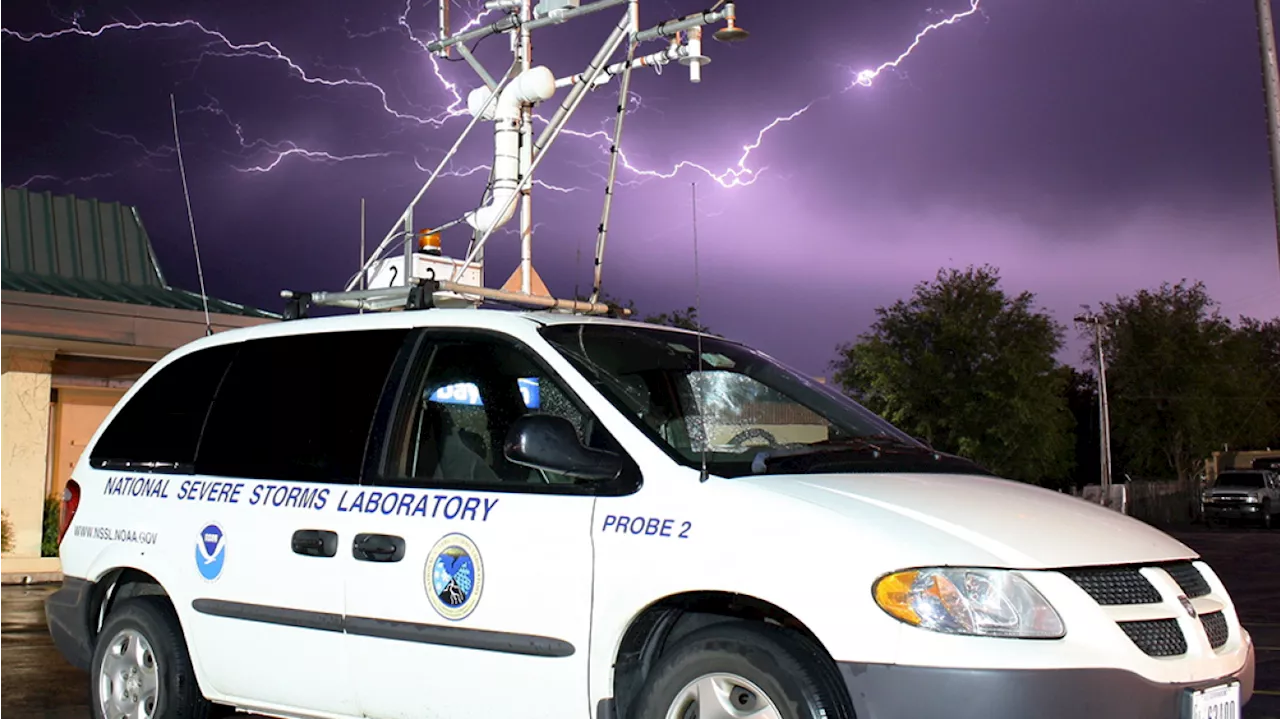Dive into the science and observational tech that helps us research and predict severe weather—including hurricanes—with the scientists that make those innovations possible. Dr. Steve Thur gives us an inside look into how NOAA Research studies scientific phenomena from the deepest depths of the ocean to the stars above.
SYMONE BARKLEY : Welcome back to Planet NOAA. I’m your host, Symone Barkley. Today, we’re diving into the science and observational tech that shapes our understanding of severe weather—with the scientists that make those innovations possible. HOST: I’m here with Public Affairs Specialist and Climate Scientist Tom DiLiberto—and Tom, a lot has gone down since we last chatted about NOAA in the News.
WAUGH: Yeah. So my earliest memory, actually; as a child, my grandfather had a farm in central Kansas. And he got really stressed out one night; used some pretty colorful language in the direction of the meteorologist because he was worried about hail; said meteorologists were wrong and he didn't know why he listened to them. And I stood up at, like, four years old, and said, “I'm going to be a meteorologist and I'm going to be right someday.
HOST: Dan and Bill, it’s really challenging when storms hit so close to home, so I really admire how those storms became catalysts for you both to get involved in this crucial work. Kathy,as the spark that lit their fire, so to speak, so you’re in good company! And Sean, I’ve got to say that I think we all have a relative like your grandpa. We love them, but we’ve got to prove them wrong! And thank you all for sharing your origin stories, as I like to call them.
HOST: Thank you all. Bill, like you mentioned earlier, I think we’ve really seen society “pause” in the face of storms this year.
HOST: It is absolutely key; I couldn’t agree more. I want to talk briefly about one of the types of storms that the SPC forecasts. I know y’all heard Kathy mention the original “Twister” movie earlier, but this summer,! Sean, can you tell us a bit more about your involvement with the film? How similar is the “Twisters” tornado tech to that of our real-life storm chasers right here at NSSL?
LINDSEY: I think it's appropriate to talk about satellites first, because hurricanes are formed over the open ocean. And I like to say that geostationary satellites are our eye in the sky with respect to hurricanes, because we don't have ground-based radar over the open ocean. We really have limited surface observations in general; maybe a few ships and buoys here and there.
WAUGH: Yeah.
HOST: Slow and steady wins the race! Kathy, what are some other ways that IOOS uses subsurface ocean observations? HOST: Dan, that’s a really cool application. Last month, we were able to chat with Dr. Stephen Volz about some of the exciting new instruments and capabilities on the GOES-19 satellite. Even as these innovations are being rolled out right now, we’re looking ahead to the future of geostationary observations.
BAILEY: I really appreciate what Bill just said, that there are a lot of people working really hard on these questions, and in my world, we have a breadth of partners who I referred to earlier. We're all working together and coordinating across different sectors. It's not even just NOAA, it's also the US Navy. It's academics. So everyone's working together to help contribute and improve ocean observations for hurricane forecast improvements.
GARWOOD: It’s no easy feat, that’s for sure. Let’s take Hurricane Andrew as an example. In 1992, the NHC facilities were damaged by the Category 5 hurricane while the meteorologists inside were forecasting it. HOST: I want to give a special shoutout to our folks at the National Hurricane Center for their work before, during and after Helene and Milton. As a reminder, you can find the most up-to-date information on hurricane watches, warnings and key messages at
THUR: Absolutely. So I've been drawn to the ocean my entire life. And so academically, my areas of interest were on the use of sustainable financing mechanisms for marine conservation. And when one comes out with a Ph.D. in marine science, NOAA is a very clear employer of choice. And I found my way directly to the agency following graduate school.
THUR: So, I think one of the fascinating aspects of NOAA Research is the breadth of work that we do. We have structured our research into three very broad areas: climate, weather, and oceans, coasts and Great Lakes; that's the third. Now, one of the challenges that we have is that if we are to truly understand our Earth system, we can't separate weather from climate. We can't separate the oceans from how they influence the weather.
there can be pockets where the summertime high temperature is up to 20°F higher than it is elsewhere in that same city
United States Latest News, United States Headlines
Similar News:You can also read news stories similar to this one that we have collected from other news sources.
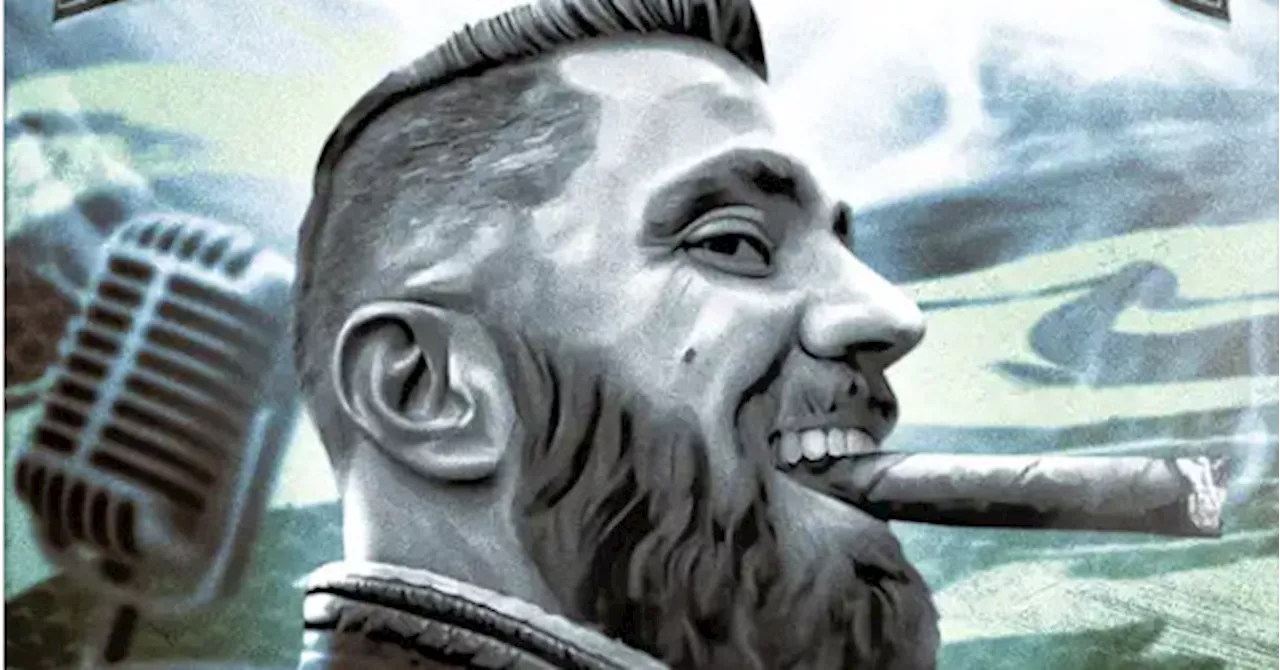 Cigar Thoughts Podcast, Episode 157: Stacy RostOne of our all-time favorites (and her smoke detector) is back in the Cigar Lounge
Cigar Thoughts Podcast, Episode 157: Stacy RostOne of our all-time favorites (and her smoke detector) is back in the Cigar Lounge
Read more »
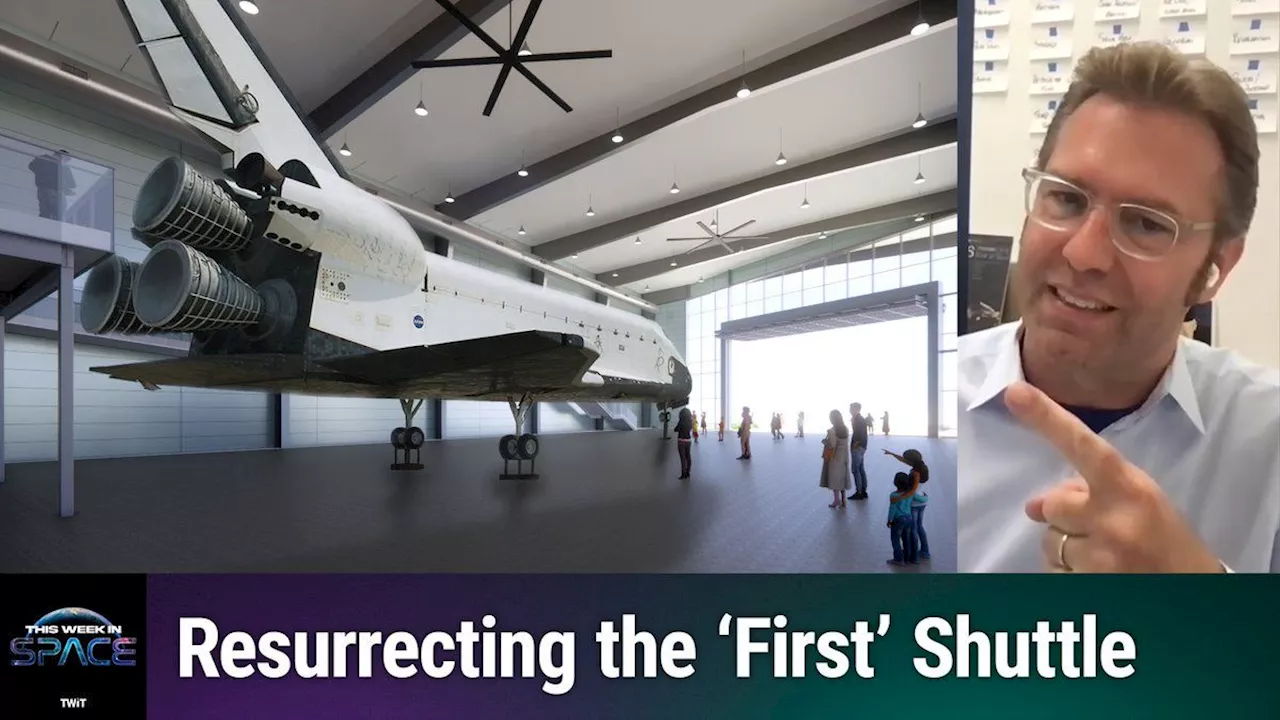 This Week In Space podcast: Episode 134 — Red Moon RisingSpace.com is the premier source of space exploration, innovation and astronomy news, chronicling (and celebrating) humanity's ongoing expansion across the final frontier. Originally founded in 1999, Space.com is, and always has been, the passion of writers and editors who are space fans and also trained journalists.
This Week In Space podcast: Episode 134 — Red Moon RisingSpace.com is the premier source of space exploration, innovation and astronomy news, chronicling (and celebrating) humanity's ongoing expansion across the final frontier. Originally founded in 1999, Space.com is, and always has been, the passion of writers and editors who are space fans and also trained journalists.
Read more »
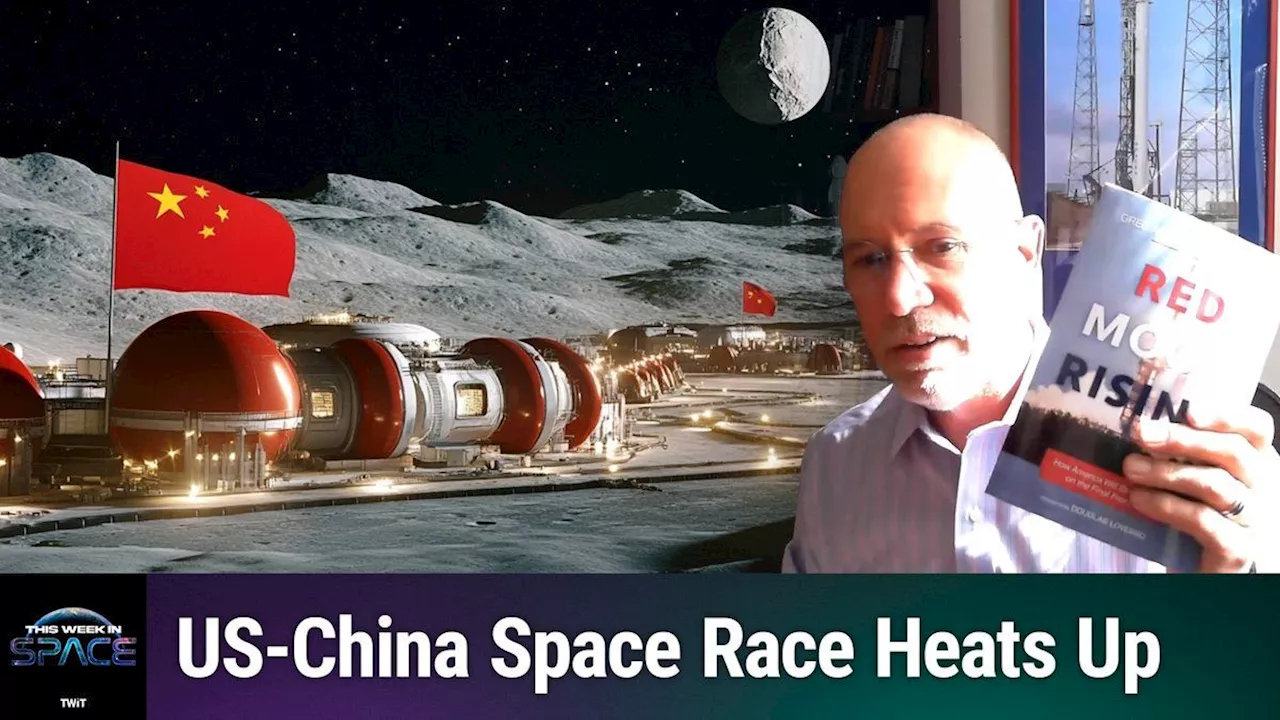 This Week In Space podcast: Episode 133 — Red Moon RisingSpace.com is the premier source of space exploration, innovation and astronomy news, chronicling (and celebrating) humanity's ongoing expansion across the final frontier. Originally founded in 1999, Space.com is, and always has been, the passion of writers and editors who are space fans and also trained journalists.
This Week In Space podcast: Episode 133 — Red Moon RisingSpace.com is the premier source of space exploration, innovation and astronomy news, chronicling (and celebrating) humanity's ongoing expansion across the final frontier. Originally founded in 1999, Space.com is, and always has been, the passion of writers and editors who are space fans and also trained journalists.
Read more »
 Cigar Thoughts Podcast, Episode 156: Bomani Jones on why Seahawks should extend Geno SmithOne of the very best in the biz talks ball with Jacson
Cigar Thoughts Podcast, Episode 156: Bomani Jones on why Seahawks should extend Geno SmithOne of the very best in the biz talks ball with Jacson
Read more »
 Cigar Thoughts Podcast, Episode 157: ESPN NFL analyst Mina Kimes!ESPN’s star NFL analyst is back!
Cigar Thoughts Podcast, Episode 157: ESPN NFL analyst Mina Kimes!ESPN’s star NFL analyst is back!
Read more »
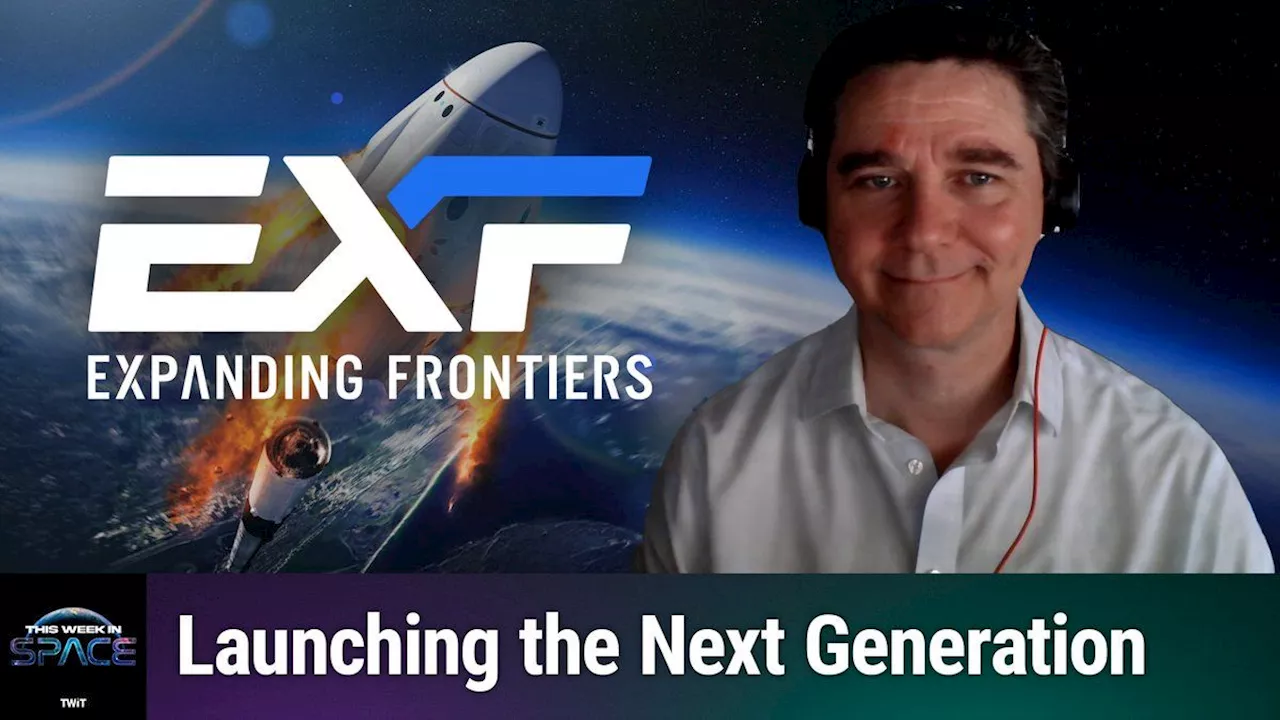 This Week In Space podcast: Episode 135 — The Spacer PipelineSpace.com is the premier source of space exploration, innovation and astronomy news, chronicling (and celebrating) humanity's ongoing expansion across the final frontier. Originally founded in 1999, Space.com is, and always has been, the passion of writers and editors who are space fans and also trained journalists.
This Week In Space podcast: Episode 135 — The Spacer PipelineSpace.com is the premier source of space exploration, innovation and astronomy news, chronicling (and celebrating) humanity's ongoing expansion across the final frontier. Originally founded in 1999, Space.com is, and always has been, the passion of writers and editors who are space fans and also trained journalists.
Read more »
